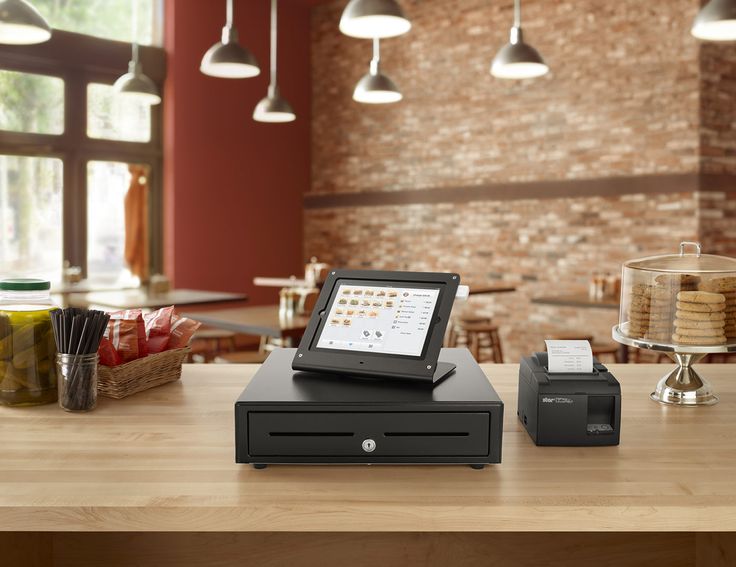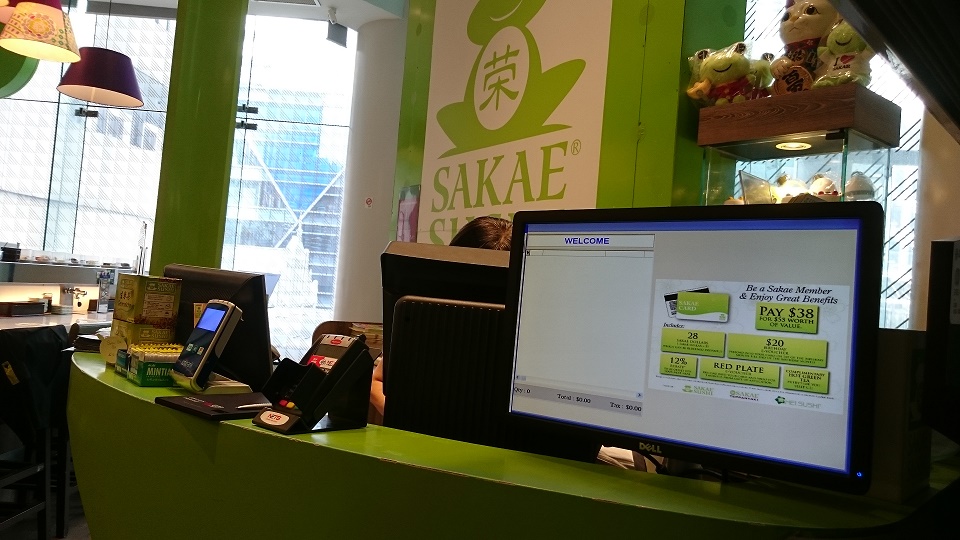 Employee benefits are a growing concern for human resource (HR) administrators. South East Asia (SEA) lags behind the global average in terms of providing employee benefits. However, when it comes to maternity leave, the situation has been improving.
Employee benefits are a growing concern for human resource (HR) administrators. South East Asia (SEA) lags behind the global average in terms of providing employee benefits. However, when it comes to maternity leave, the situation has been improving.
According to the International Labour Organization’s report: Maternity and paternity at work: Law and practice across the world, there has been a shift towards increasing maternity leave periods that go further than the 14 – week standard suggested by ILO. However the coverage is neither sufficient nor long enough for mothers before they have to get back to work.
SEA ranks in the middle to lower half in terms of length of maternity leave. On average, around 12 to 13 weeks are given as leave.
Singapore: the Ministry of Manpower lays down conditions for eligibility of maternity leave. This leave can be paid by the employer or can be reimbursed by the government. The length of the leave depends on certain conditions. A maximum of 16 weeks is allowed if the following criteria are met:
- The child will be a Singapore citizen
- The mother is legally married to the father of the child
- The mother has worked in the same establishment for a minimum of 3 months.
The last condition is mandatory for eligibility. MoM also takes into account the number of children the mother has to judge eligibility and coverage.
Malaysia: The 1955 Employment Act gives mothers 60 days (8 weeks) of maternity leave as long as the employee has worked in the company for 90 days prior to taking leave. The employer needs to pay the employee in full during leave. There are certain concessions for civil servants. Malaysia does not provide maternity leave for the sixth child and following children. Because of the short leave provided, mothers often work up to the due date in order to spend time with their child during leave.
Indonesia: Three months (or 12 weeks) of paid leave are given to mothers. At least 1.5 months of this leave must be taken after the birth of the child.
The Philippines: Article 133(a) of the Labour Code states that an employee who has worked in the establishment for at least 6 months is entitled paid leave 2 weeks before the due date and 4 weeks after delivery. The employer is required to pay for only the first four children.
Under SSS law, a woman member of the SSS is entitles to maternity benefits. While the employer must pay these benefits to the employers, it can be reimbursed by the SSS. In order to abail the Maternity Benefits, the employee must pay at least 3 monthly contributions within the year before the semester of childbirth.
Thailand: An employee is entitled to 90 days (or 12 weeks) of maternity leave. However, the employer must pay a maximum of 45 days. The remaining 45 days are paid from the Social Welfare Fund. In order to avail payment from the Social Welfare Fund, the employer is expected to make contributions to the Fund for at least 7 months before pregnancy.
Here we have a list of countries and the maternity leave that they offer:
| Duration | Countries |
| < 12 weeks | · Hong Kong
· Malaysia · Papua New Guinea · Philippines · Taiwan |
| 12 – 13 weeks | · Cambodia
· China · DPRK · East Timor · Indonesia · Laos · Myanmar · South Korea · Thailand |
| 14-17 weeks | · Brunei
· Japan · Singapore |
| > 17 weeks | · Mongolia
· Vietnam |
Source of Cash Benefits: Historically, Asia has seen a higher percentage of the maternity leave being paid by the employer. However, the trend is moving towards cash benefits coming from mixed sources: from the employer and social security services. To put this in perspective, Europe, a region that has led the way for right of the employee, has always provided cash benefits from social security.
Paternity Leave: Rights offered to fathers are fairly limited. Countries offer just a couple of days of paternity leave as a shared provision between parents. Usually this leave is taken by the mother. Sometimes this leave is not paid. Approximately 28% of countries in Asia provide paternity leave.



